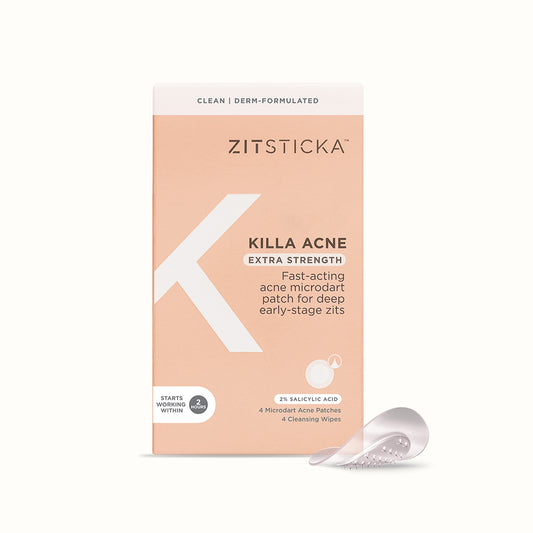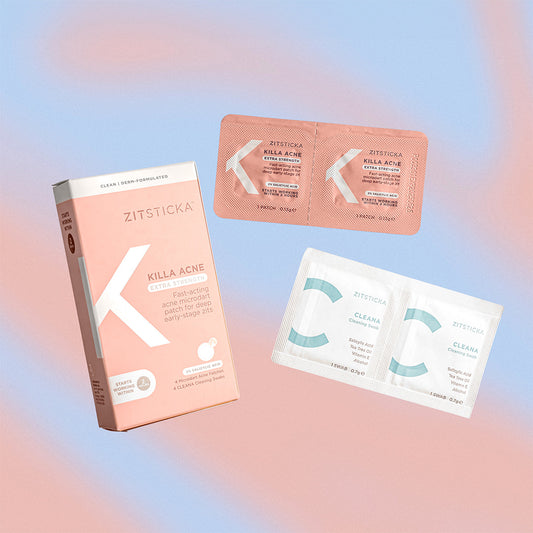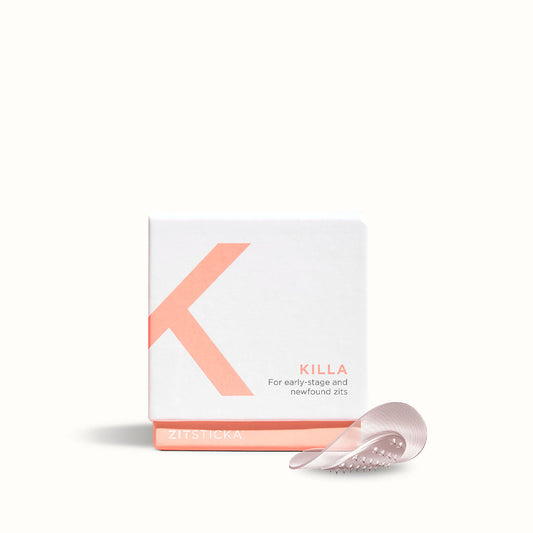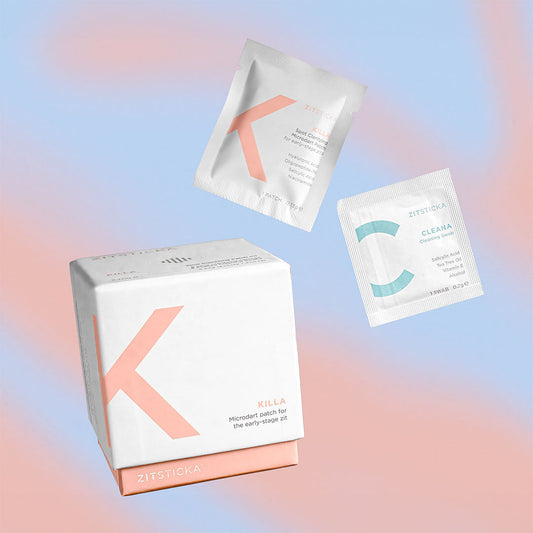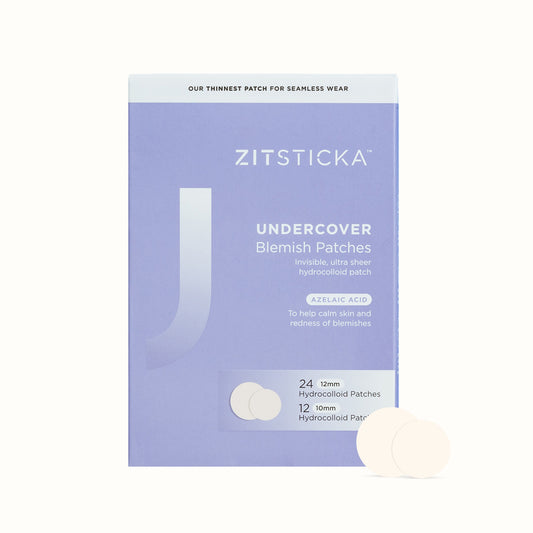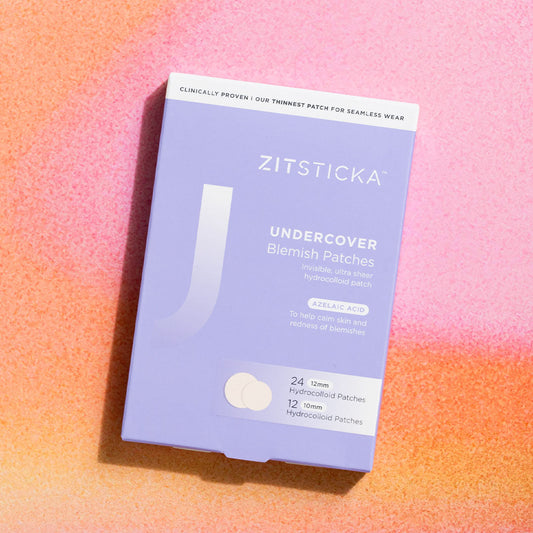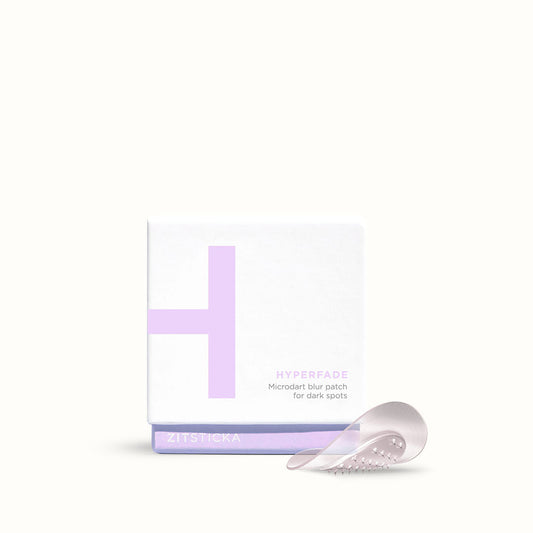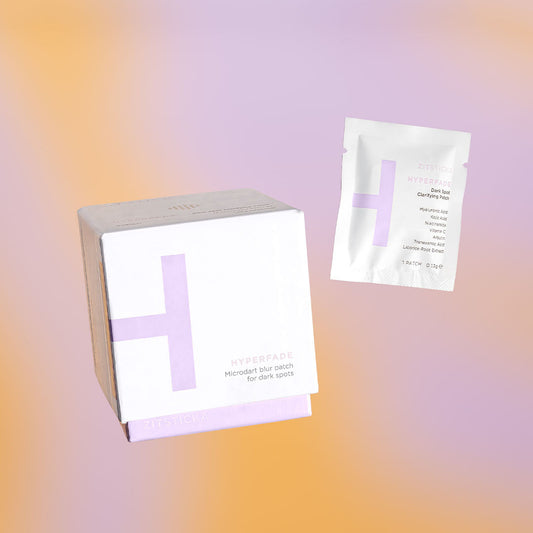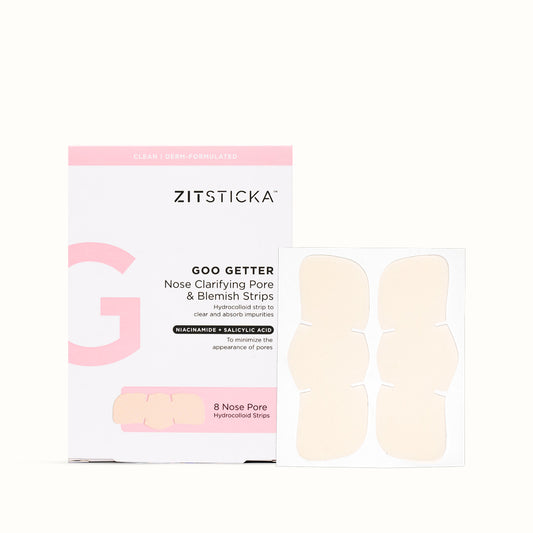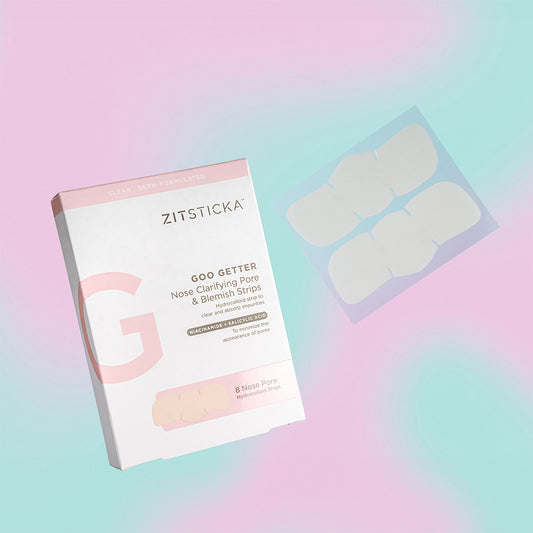The life of a zit is a fleeting one. You might think, What’s the big deal? It’s just a whitehead that can easily be extracted, or a red spot that eventually shrinks, right? Wrong! A zit always has a right-hand man. Cue: hyperpigmentation.
Ever since I was a pre-teen, my face has been known to host a variety of zits. Blackheads, nodules and whiteheads alike, have made my poor defenseless skin their home. It happens around the same time every month, like hormonal clock work, too. Go figure. While I try my best NOT to touch my face, we’re all human. Whether it be a spot that *I know* I can extract if I just spend, oh, several hours digging at it… or mindless picking while distracted, my fingers somehow end up poking and prodding at my skin. And where there’s a picked spot, there’s always evidence left behind.
Hyperpigmentation is that lovely dark spot left behind after a zit disappears. Even if you’re a saint and don’t touch your pimple, hyperpigmentation may still occur. It’s your skin’s response to produce melanin in an effort to heal the traumatized area. Having a foreign dark spot is frustrating for literally anyone with a face but no-one has it worse than those with Black skin. Because we have darker skin, the overproduction of melanin is quite drastic, leaving an extremely noticeable spot that can take several months to fade.
Growing up, hyperpigmentation was a touchy subject for me. While I knew picking and popping was no bueno, I still was surprised when a gnarly dark spot appeared—and stayed—for months! Your teenage years are a very sensitive time, so having yet another thing on my face that was highly visible, made fitting in feel that much more difficult.
If you’re on the lighter side of the melanin spectrum, you may not understand why hyperpigmentation is so scarring (pun intended; though, no, it’s not technically scarring!) for someone like me. You see, light-skinned people are left with a reddish or brown spot after a zit disappears. However, it tends to fade more quickly, and it’s the type of imperfection that we’re familiar with; it’s the socially acceptable blemish. As a black woman, I’m already used to going through the daily motions, knowing all eyes are watching my every move. Waiting for me to do something outlandish, rude, unruly or questionable. Adding problematic skin to my platter only heightened insecurity. To make matters worse, at the time I had no known resources detailing how to treat my unique blemishes.
When it comes to the quick-fix search, I’ve been around the block once or twice. I don’t condone ANY of these methods, but in the past I’ve tried applying straight lemon or lime juice, a cinnamon paste and even steeped green tea bags directly to a dark spot. I didn’t know it then, but these DIY methods resulted in either burning my skin, worsening the issue and in some cases, doing, well... nothing at all.
Luckily, I’ve gotten comfortable with the ups and downs of my skin as I inch towards my thirtieth year. Also! I’ve learned about some really effective solutions for speeding up the healing rate. Cut to my post skincare academia years—AKA after lots of YouTube, Google and a book here and there—I learned about natural and science-based ingredients that help fade hyperpigmentation. While you should NEVER use them all together, ingredients like Vitamin C and E, Retinol, Alpha Hydroxy Acids (AHAs) and Beta Hydroxy Acids (BHAs) [specifically Mandelic Acid and Salicylic Acid for me] work to effectively fade discoloration over time.
I’m grateful to be in a time where skincare is revolutionary, and the world is finally realizing that inclusivity isn’t optional. The future is on the horizon, and I can see it as bright as day. Quick! Someone tell my dark spots to watch out.
Feeling similarly? Shop HYPERFADE, a microdart patch for dark spots.

